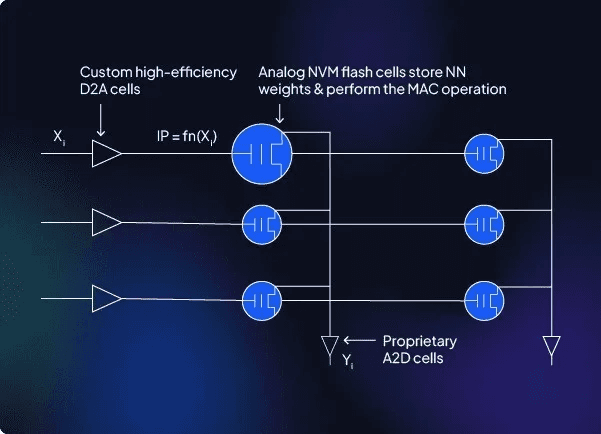Programming
What are the 7 phases of SDLC?
Software Development Life Cycle
Apr 5, 2024
In the contemporary landscape dominated by software-driven solutions, understanding the intricacies of the Software Development Life Cycle (SDLC) is imperative for IT professionals. Acting as a navigational compass, the SDLC offers a systematic approach to steer projects from inception to fruition, ensuring alignment with business objectives and client expectations. Let's delve deeper into each of the seven pivotal phases that constitute the SDLC, elucidating their significance and interplay within the software development ecosystem.
Planning: Setting the Stage for Success At the outset, the planning phase lays the groundwork for the entire project. Here, meticulous attention is given to defining the problem statement, delineating project scope, identifying stakeholders, conducting feasibility studies, and formulating a comprehensive project plan. This phase serves as the cornerstone upon which the subsequent stages are built, emphasizing the importance of clarity and foresight in project initiation.
Requirements Analysis: Unveiling the Blueprint Transitioning from planning to execution, the requirements analysis phase entails a deep dive into the functional and non-functional prerequisites of the software system. Through a myriad of techniques such as stakeholder interviews, surveys, and technical assessments, key requirements are elicited and documented. The culmination of this phase results in the creation of clear user stories, use cases, and a refined understanding of the software's operational parameters.
Design: Crafting the Architectural Framework As the project gains momentum, the design phase heralds the conceptualization of the software architecture. Here, emphasis is placed on delineating components, defining interfaces, structuring databases, and orchestrating system integration. Furthermore, user experience (UX) considerations take center stage, alongside the imperative of integrating security measures seamlessly into the design fabric.
Development (Coding): Breathing Life into Concepts The development phase marks the transition from design blueprints to tangible code structures. Talented developers harness their expertise to translate design specifications into functional code, leveraging a spectrum of programming languages and frameworks. Adhering to best practices such as test-driven development and continuous integration, the development team endeavors to foster code quality and expedite the debugging process.
Testing: Ensuring Robustness and Reliability In the testing phase, the software undergoes rigorous scrutiny to validate its functionality, performance, and adherence to specifications. Various testing methodologies such as unit testing, integration testing, system testing, and user acceptance testing are employed to identify and rectify defects. Automation tools are leveraged judiciously to streamline testing workflows and enhance efficiency.
Deployment: Launching into the Digital Realm With the software deemed fit for release, the deployment phase heralds the culmination of development efforts. Careful planning is essential to orchestrate deployment strategies, whether it be a phased rollout or a big bang approach. Concurrently, meticulous attention is accorded to preparing the production environment and executing seamless data migrations to ensure a smooth transition to the operational realm.
Maintenance: Nurturing the Software Ecosystem Contrary to popular belief, software development doesn't culminate with deployment; rather, it heralds the commencement of the maintenance phase. Here, the focus shifts towards sustaining the software ecosystem through bug fixes, security patches, feature enhancements, and adaptations to evolving business requirements. Vigilance in this phase is paramount to ensure the longevity and relevance of the software solution.
Mitigating Pitfalls and Embracing Innovation
Beyond the procedural aspects, it's imperative to heed expert insights to navigate the nuances of the SDLC effectively. Pitfalls such as rushing through early phases, underestimating the significance of testing, and neglecting change management can impede project success. Furthermore, embracing contemporary paradigms such as Agile methodologies and DevOps integration augments the agility and resilience of software development endeavors. Moreover, with the advent of Artificial Intelligence (AI), the landscape of software development is poised for transformation, with AI-powered solutions offering unprecedented capabilities in automated testing, code optimization, and requirements analysis.
In summary, mastering the 7 phases of the SDLC not only furnishes a roadmap to successful software development but also cultivates a culture of innovation and adaptability within the IT ecosystem. By embracing best practices, mitigating inherent risks, and harnessing the transformative potential of emerging technologies, organizations can navigate the complexities of software development with confidence and efficacy.
For our Services, feel free to reach out to us via meeting…
Please share our content for further education


